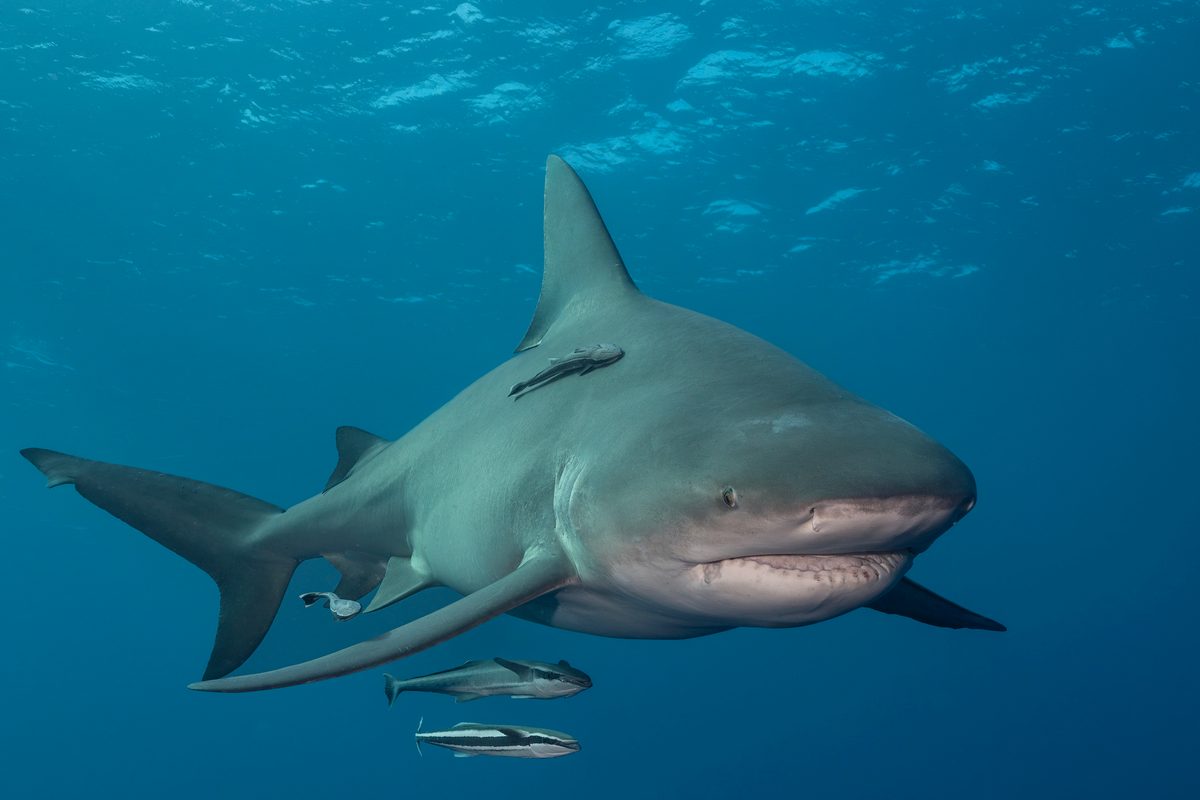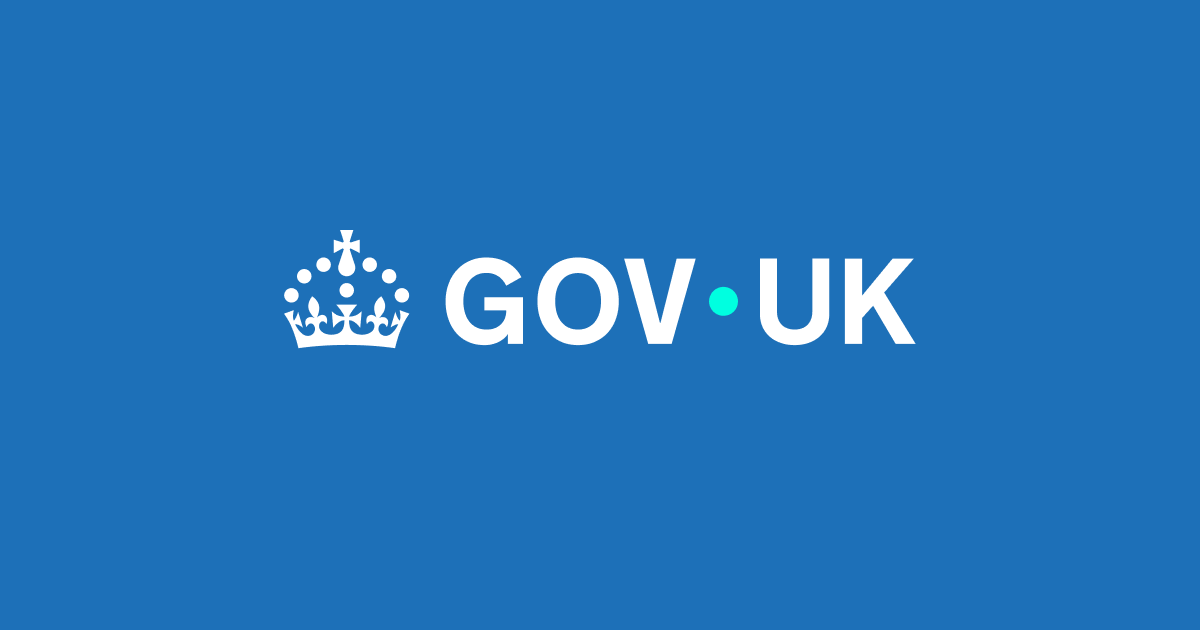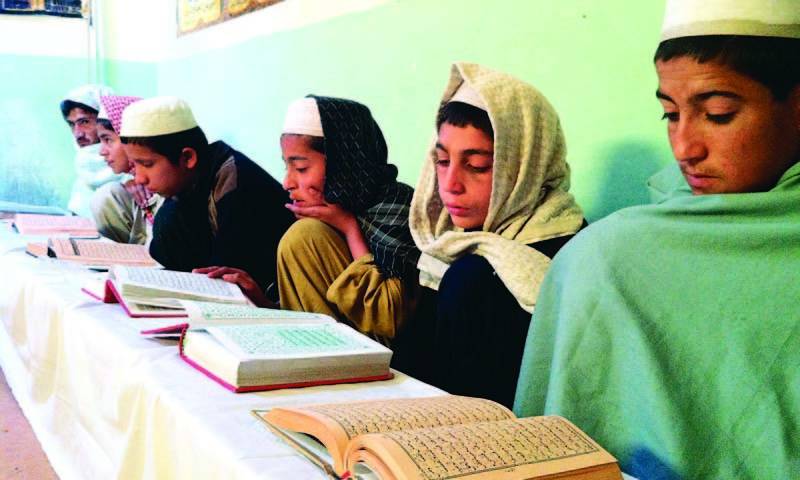In all the conversations, debates and shouting matches about AI that continue to dominate the internet, there is much talk about the insidious danger of…
Blog
-
Gold price drops by Rs10,700 per tola in Pakistan – Business Recorder
- Gold price drops by Rs10,700 per tola in Pakistan Business Recorder
- Gold drops Rs10,700 on global profit-taking The Express Tribune
- Silver price in Pakistan for today, December 30, 2025 Profit by Pakistan
- Gold scales new peak amid nil imports Dawn
- Gold prices decline to Rs 459,462 a tola Daily Times
Continue Reading
-

I was simply terrified. I felt the whoosh of the current – then it was gone, leaving only a cloud of scales and blood swirling in my flashlight beam
One of the things they teach you during night scuba-diving training is to direct your flashlight down, not directly in front of you. The aim is to avoid accidentally shining a spotlight on a prey animal, making it suddenly visible to any…
Continue Reading
-

Punjab launches largest tractor scheme to empower farmers
Punjab Chief Minister Maryam Nawaz Sharif has launched the largest tractor distribution scheme in the province’s history, aiming to ensure economic independence for farmers and enhance agricultural productivity.
Under the initiative, 20,000…
Continue Reading
-

Vestas announces four new orders for a total of 289 MW
Press Release:
News release from Vestas Mediterranean
Madrid, 30 December 2025Vestas is proud to announce the following orders as part of our Q4 order intake:
Country Region Customer Project name MW Turbine varaint Service agreement Delivery & commissioning Italy EMEA ERG Carlentini and Greci-Montaguto 125 18 x V163-4.5 MW, 6 x V136 4.5 MW, 4 x V117 4.2 MW Long-termAOM 5000 Service Agreement Turbine delivery and commissioning are expected by 2026 Spain EMEA Capital Energy El Castillar & Joluga 88 4 x V162-6.2 MW, 9 x V163-4.5, 5 x V150-4.5 MW 20-yearAOM 4000 Service Agreement Turbine commissioning is expected by Q1 2027 and Q2 2027 Portugal EMEA Saeta Penamarcor 45 10 x V163-4.5 MW Long-term AOM5000 Service Agreement Turbine commissioning is expected by end of 2026 Portugal EMEA Hyperion Nortada 32 7 x V163-4.5 MW 20 years AOM 4000 Service Agreement Turbine delivery is expected for H1 2027 and commissioning and for H1 2027 For more information, please contact:
Paula Canto González
Marketing and Communications Specialist
Vestas Mediterranean
Email: pacgn@vestas.comAbout Vestas
Vestas is the energy industry’s global partner on sustainable energy solutions. We design, manufacture, install, and service onshore and offshore wind turbines across the globe, and with more than 190 GW of wind turbines in 88 countries, we have installed more wind power than anyone else. Through our industry-leading smart data capabilities and unparalleled more than 157 GW of wind turbines under service, we use data to interpret, forecast, and exploit wind resources and deliver best-in-class wind power solutions. Together with our customers, Vestas’ more than 35,000 employees are bringing the world sustainable energy solutions to power a bright future.For updated Vestas photographs and videos, please visit our media images page on: https://www.vestas.com/en/media/images
We invite you to learn more about Vestas by visiting our website at www.vestas.com and following us on our social media channels:
Continue Reading
-
Two Walsall residents honoured in The King’s New Year Honours List
Published on
Two exceptional Walsall residents have been recognised in The King’s New Year Honours…
Continue Reading
-

Festive booze ban for record number of offenders on tags
- Almost 5000 offenders to wear alcohol tags over Christmas and New Year
- Technology monitors the alcohol levels in offenders’ system around the clock
- Innovative tags helping tackle drink-fuelled crime to make our streets safer
Statistics published today (30 December) show 4,800 offenders either released from prison or serving a community sentence will wear an alcohol tag over Christmas and New Year.
The tags work 24/7 and quickly detect if an offender has been drinking by analysing their sweat, meaning festive favourites such as mulled wine and prosecco will be strictly off the menu.
If an offender dares to have a drink an alert is sent to their probation officer who can take action to punish them, such as an order to return to court or even prison.
The tags are accurate enough to distinguish between foods that contain low-levels of alcohol – such as mince pies or Christmas pudding – and boozier drinks that could lead to offenders getting drunk.
Deputy Prime Minister and Secretary of State for Justice, David Lammy, said:
Alcohol-driven crime causes real harm to victims and communities and piles extra pressure on our emergency services. Tackling it head-on is vital to make our streets safer.
These tags act as a physical and constant reminder to offenders that there’s no room for slip-ups — one drink and they could find themselves back in court or even behind bars.
The technology is playing a significant role in the Government’s mission to take back our streets from alcohol-fuelled harm, which the National Audit Office estimate costs the UK economy £21 billion a year.
Evidence is increasingly proving the effectiveness of tags, with offenders banned from drinking alcohol staying sober for 97% of the days they were tagged.
Association of Police and Crime Commissioners (PCCs) Joint Leads on Addiction and Substance Misuse, Joy Allen (Durham PCC) and David Sidwick (Dorset PCC) said:
The link between alcohol and crime is well established, so measures proven to suppress offenders’ alcoholic intake, keeping them sober and out of trouble, benefit them and their communities.
We want people to enjoy the festivities without fear. PCCs and Deputy Mayors are working year-round with our partners within and beyond policing to prevent alcohol-related crime to build safer communities that can thrive and these tags play a vital role in that.
A study published in August showed that thieves and burglars who were GPS tagged as part of an innovative pilot were around 20% less likely to reoffend.
Other evidence shows offenders fitted with curfew tags, which keep them at home during certain hours, are also 20% less likely to reoffend.
Tagging will be ramped up even further as part of the Government’s sentencing reforms, with the annual probation budget increased by up to £700 million by 2028, to tag tens of thousands more offenders.
We are also investing £8 million in a tech drive to make our streets safer, including AI tools such as a new automatic transcription service that are expected to save around 240,000 days of staff time each year.
Continue Reading
-

Why the Oppo Find N6 Rumors Feel Different This Year
Foldables usually come with a list of “excuses.” They’re too heavy, the batteries are too small, or the cameras are a step behind the regular flagships. But if the latest leaks about the OPPO Find N6 are true, OPPO is trying to kill off those…Continue Reading
-

Wifaq ul Madaris bars seminaries from charging students for convocation events
Wifaq ul Madaris al-Arabia Pakistan, the country’s largest federation of Islamic seminaries, has barred both male and female madaris from collecting money from students for annual convocation ceremonies, citing financial exploitation and…
Continue Reading
-

Microsoft Foundry Agent Service Simplifies State Management with Long-Term Memory Preview
Microsoft announced during its annual Ignite conference the public preview of memory in the Foundry Agent Service, a fully managed, long-term memory store natively integrated with its agent service.
With memory, developers can…
Continue Reading
